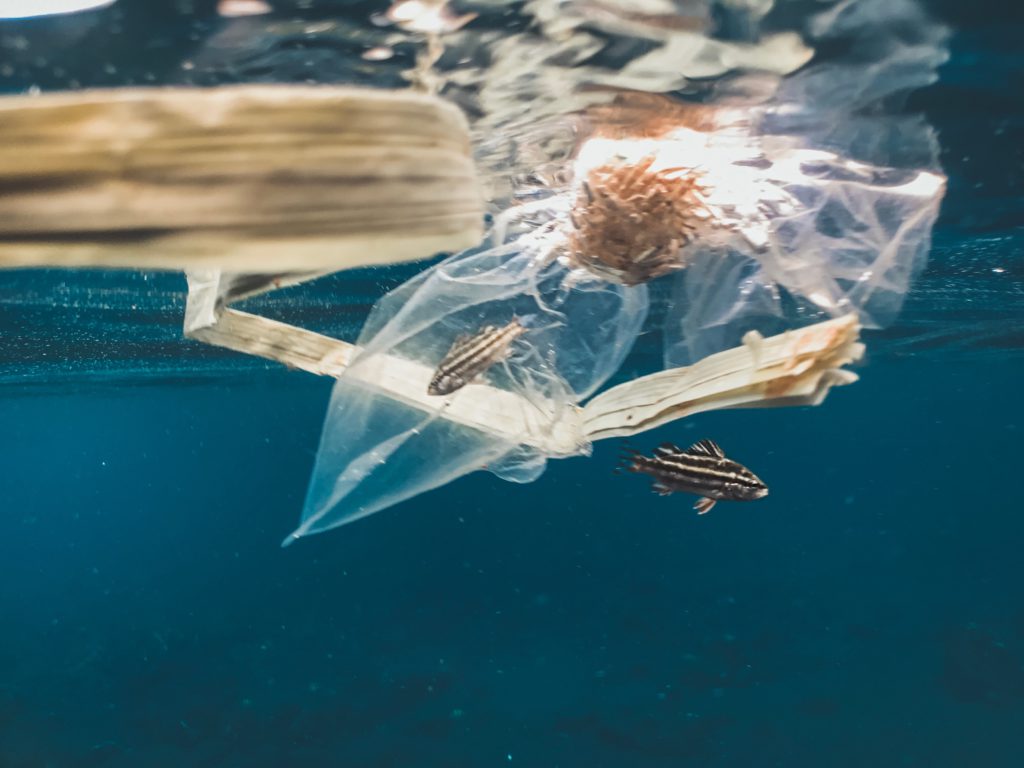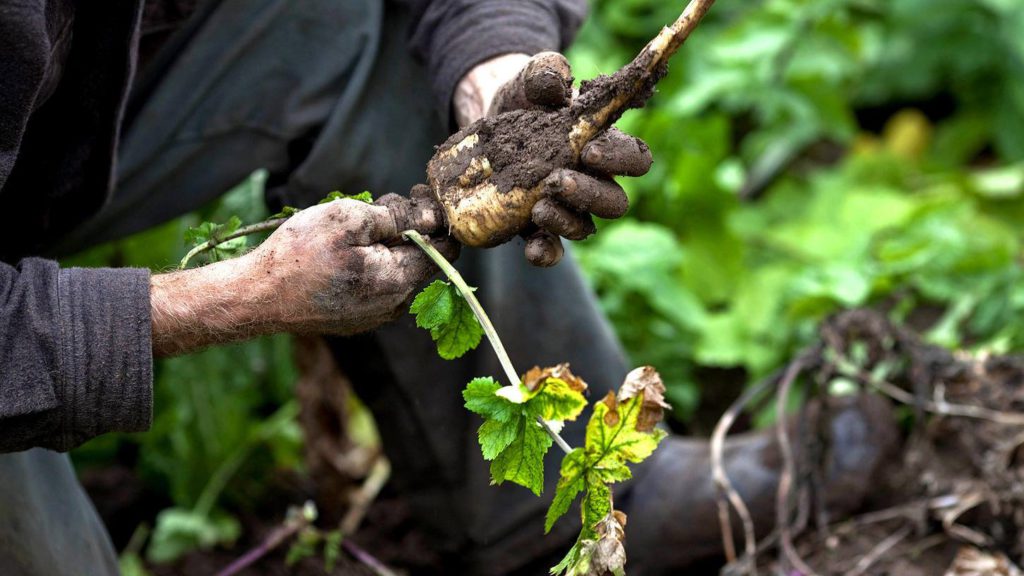Why We Need to Start Building Circular Economies
Moving From Extraction to Regeneration
Think about the last thing you bought. What was it? How did it get to you? Chances are it was a product that you consumed, and that product likely came in some kind of package, which you then discarded.
Most things that we buy for consumption come in a package.
In our supply chains, we have companies who make things like plastic wrapping or packaging. The raw materials they use are processed in order to be discarded within a few moments of purchase. Their lifespan and purpose is short and small. They will never become anything beyond waste.

This process is linear, and it defines the model of our current economy. We take materials from the earth, make products from them, and throw them away. Without too much stretch of the imagination, we can all see how this is unsustainable; there is an eventual end where the world is full of waste and nothing left to use.
Will anything be left of our beautiful planet as we know it?
To escape the inevitable end of extraction, it is time to disrupt this linear model of supply chains and redesign them holistically. It is critical that we begin implementing circular economies.
What is a circular economy?
A circular economy produces less waste, circulates materials, goods, and services in sustainable ways, and regenerates the natural world.
The first step to designing non-extractive systems of production and consumption is to stop producing waste. Circular economy markets incentivize reusing products, rather than scrapping them and then extracting new resources. All forms of waste, from clothes to scrap metal to electronics, recirculate in this type of economy.
Consider the fashion industry as a confronting example of a linear economy. Many garments never even touch a person’s skin. They aren’t made as waste, but in keeping up with quickly changing styles, literal tons of clothes are never bought and never worn. The raw materials are sourced from the earth. Humans, often women, work in horrific conditions for mere dollars a day in developing countries to make low-quality clothing garments, which are then packaged and shipped to big box fast fashion stores (with CEOs who make millions of dollars) where garments sit on the rack for a couple of weeks until styles change. These unbought garments then travel back to developing countries to rot in their landfills. From earth to waste, with no purpose.
Imagine how much energy we use for this process. The human labor, the oil and gas, the packaging. Where do we place the onus here? On the corporations, the consumers, or the fashion industry?
It’s on all of us.
Beyond innovating our product design, creating circular economies also means changing the way we consume goods and use services. It means we begin rethinking consumerism as a society.
The Principles of a Circular Economy
A circular economy focuses on three main principles: eliminate waste and pollution, circulate products and materials, and regenerate nature.

Eliminate Waste & Pollution
Much of the waste in our current system ends up in landfills or incinerators. Plenty ends up in the ocean. It may seem like waste is inevitable in certain situations, but there is no waste in nature. Waste is the result of design, a capitalistic concept that we have introduced. On a planet with finite resources, like Earth, this system can not work long term.
In a circular economy, we seek to design products such that materials re-enter the economy at the end of their use, making the linear, take-make-waste system into a circular one. Many products could be circulated by being maintained, shared, reused, repaired, refurbished, remanufactured, and, as a last resort, recycled. Food and other biological materials that are safe to return to nature can regenerate the land, creating fuel for new food and materials.
We must shift our mindset and treat waste as a design flaw.
Circulate Products & Materials
The second principle of the circular economy is to circulate products and materials at their highest value. This means we continue using materials as products and when that is no longer possible, we reuse them as components or raw materials. Products and materials retain their intrinsic value.
There are a number of ways we can circulate products and materials. It is helpful to think about two fundamental cycles: the technical cycle and the biological cycle. In the technical cycle, we reuse, repair, remanufacture and as a last resort, recycle our products. In the biological cycle, we return biodegradable materials to the earth through processes like composting and anaerobic digestion. For products to successfully circulate through either the biological or the technical cycle, it is essential that design includes this eventual circulation as part of the process.
Design is the key to success.
Regenerate Nature
The third principle of the circular economy is to regenerate nature. The most important shift is from extraction to regeneration. For billions of years, natural systems have regenerated themselves. Now, instead of continuously degrading nature, we build natural capital, allowing nature to thrive and seeing ourselves as part of that. We must employ farming practices that allow nature to rebuild soils, increase biodiversity, and return biological materials to the earth.
Circular Economy in Food Systems
Regenerating nature requires an economic transformation. The obvious place to start is the food industry. The way we produce food today is a significant driver of both climate change and biodiversity loss. It relies upon ever-increasing quantities of synthetic fertilizers, pesticides, fossil fuels, fresh water, and other finite resources. These pollute the earth and cause damage to planetary and human health.
By producing our food regeneratively, we focus on improving soil health. Regenerative farming practices can significantly reduce greenhouse gas emissions from food production by reducing reliance on synthetic inputs and by building healthy soils that absorb rather than release carbon. In addition to helping restore the natural carbon cycle, healthy soils are better able to hold water, reducing the impact of droughts, and are better able to absorb water, reducing the risk of flooding.
Circular Economy & Holistic Supply Chains
For more than a century, we have been honing linear supply chains with raw materials flowing in one direction, creating products that we use, often briefly, and then discard as waste. It’s time we move away from extractive, linear systems that enable unethical and deceitful practices. This transition is critical for our earth, and it is becoming increasingly critical for businesses to appeal to their markets.
It turns out many people actually want a healthy planet. Consumer demand: a planet we can continue to live on.
This looks like resilient networks. It also means caring about our products, just like we care about the earth. The clothes that touch our bodies began as earth. The food we eat began in the earth, seeds, sun, soil, and water.
Circular economies, regenerative farming practices, climate smart agriculture and production, and supply chain transparency are all aspects of a larger paradigm shift. This shift is about much more than merely updating practices; it is a shift in mindset and culture.
On our end at Producers Trust, we are here to support small farmers and producers in their work by building transparency into supply chains.
Join us by discovering producers on our marketplace, signing up for our newsletter, and learning about your favorite products with StoryBird.